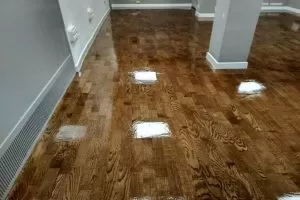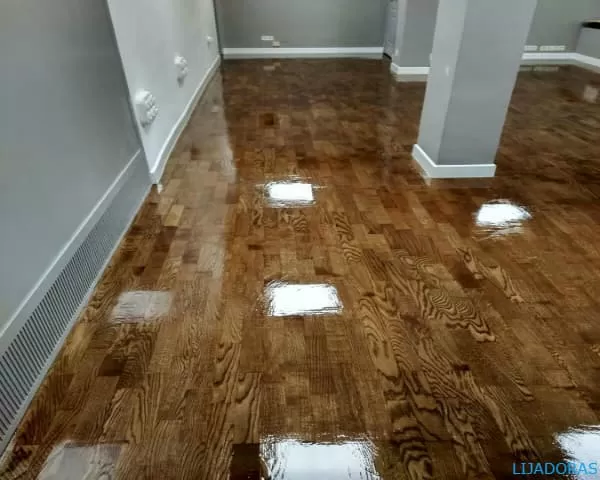It is a hard and protective transparent film, used in wood finishes, but also used for other types of materials. Water-based varnishes “dry” with water evaporation, but take longer to cure. It is composed of resin, thinner and water.
The water-based varnish does not affect the color of the surface on which it was applied, does not contaminate, is odorless, is not flammable and is easy to clean after use, apart from being low toxicity.
How to Apply Water Based Varnis ?
To apply it effectively to a work surface, it is helpful to understand the parameters for it. You must take into account aspects such as the length of time required for each layer to be fixed, the best time span for applying between consecutive coats and taking into account the reaction to humidity and temperature.
Working with the Right Temperature
You should note that the temperatures in your environment are adequate enough to facilitate curing. In general, varnish will not cure well if applied at temperatures below 65 degrees.
The best temperature range is between 70 and 75 degrees. Applying the varnish at temperatures above these is also not advisable as the solvent in the finish tends to evaporate too quickly, leaving the varnish to set prematurely.
Preparing the Work Area and the Part to be Varnished
It is essential that the work area is free of dust, wipe the piece to be varnished with a damp cloth and let it dry.
If the application is to be carried out within the workshop facilities, other sanding tasks should definitely not be carried out simultaneously.
If you plan to use another room, start by mopping the floor and walls.
Raising the Grain First
Always lift grain in unprocessed wood before applying a water-based finish. Simply brush, sponge or spray with distilled water and let it dry completely, emboss with your final sandpaper to break the whiskers. When you apply the finish, the grain will stay down.
Choose the Right Applicator
Choose a premium fine bristle nylon brush for spindle work, inside corners and narrow edges. Nylon bristles will not absorb water from the finish and will become soft like natural bristles.
Varnish can be applied in three ways; with a brush or brush, with a roller and pad, or by spraying.
There are a variety of high quality brushes, the best brushes are those made with Chinese bristles or natural hairs. An economical but effective alternative is the plastic foam brush, which is disposable.
Sealer Application
We must seal the surface of the wood, thanks to the goodness of the water-based varnish this can also be used as a sealer.
To apply, submerge the brush in the sealer and let the excess drain away. Proceed to brush it on the wood, along the grain, without leaving drips or puddles, you must let the piece dry overnight before sanding.
The amount of sealer layers depends on the porosity of the wood. Repeat as necessary.
Applying Water Based Varnish
Use three or four coats of varnish, you must apply these coats in the same way as the sealer. Apply the varnish in slow movements to prevent solvents from evaporating too quickly.
How to Dilute the Varnish with Water ?
The optimal combination to dilute your varnish to 50 percent, mix in equal parts of 1 to 1 with some solvent such as turpentine gum or mineral spirits.
Matte Water-Based Varnish
It is an emulsion designed to provide impeccable protection to all types of wood. Matte finish and natural color, designed to provide an extraordinary defense to the wood that must adapt to natural stretching. It highlights the grain of the wood, does not yellow, is odorless and quick drying.
Water-Based Wood Varnish
Water-based wood varnish can be used on doors, window frames, floors and other joinery structures. By providing a tough finish, it is an excellent choice for protecting wood against abrasive scratches, knocks and scratches. It is suitable for previously varnished wood, bare wood, and also for wood that has been worked with Brand Sanding Machines.
Outdoor Water-Based Varnish
Waterborne varnishes offer advantages for wood cladding. Their properties include high elasticity, which gives high performance to exterior woods, as well as fast drying.
Their chemical composition gives them greater resistance and durability. Its composition includes acrylic resins, water-repellent waxes and suitable biocides.
Water-Based Parquet Varnish
The film left in the drying is thin, so they need several layers to get strength. It does not raise the tone of the wood, but there are a variety of hard and resistant finishes even for public places, giving the wood great protection against scratches, and fireproof.
All this makes it the most suitable varnish to protect and take care of our wood floor.
How to make Homemade Water Based Varnish ?
There are several ways to make homemade water varnish, here are some:
Homemade Water Varnish Obtained by Oxidation:
Place in a jar 1 and ½ cup of balsamic vinegar with a handful of rusty nails, after a few days, remove the nails and work with the resulting liquid.
Homemade Tea or Coffee Concentration Varnish:
To stain wood with coffee or tea, you must prepare them as if you were going to take them, but in a concentration 4 times greater.
Difference between Lacquer and Water-Based Varnish
Its main difference is its chemical composition, the lacquer or shellac is a natural product, for its part, the varnish is composed of resins or resinous substances, the water-based varnish is also more resistant to water than the lacquer.
Water Based Varnish or Polyurethane
There are dual criteria regarding the varnish to be used, between water-based varnish and polyurethane, their differences are marked by toxicity, drying time, elasticity, among others, the water-based varnish is less environmental impact and dries faster.
Water-Based Handicraft Varnish
Among them, the following stand out: glossy water varnish, satin water varnish, matt water varnish, water-based polyurethane varnish, white glue is also used as a varnish for handicrafts, decoupage glue, spray glue varnish, among others.
Colours and Prices of Water-Based Varnish
These are some colors and prices that are available in the current market:
These range from complete kits with various colors ranging from 120 € to 260 €, as well as various colors and finishes such as matte, gloss, satin, polyurethane, which currently has an approximate value of 6 € in 750ml presentations.
- Water-based varnish in chestnut matt spray, glossy, satin, natural among other colors, in 400ml presentation has an approximate cost of 9 €.
- The presentations of 375ml have an average cost of 4 €.
- The ultra matt 75ml varnish has an average cost of 2.50 and 3 €.
Related Topics

SCREW: Definition, Examples, Types and Sizes For Wood
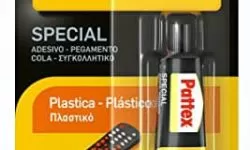
WATERPROOF GLUE For Wood and Plastic
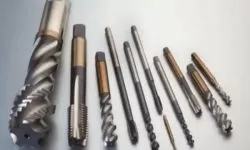
DRILL BIT: Types, Brands, Prices and Offers
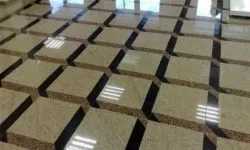
FLOORING AND TILES

WOOD VARNISH: Colors, Price, In Spray
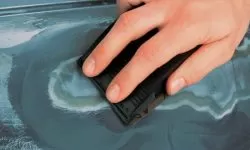
WATER SANDPAPER: Types and Numbers or Measures
Other Topics of Interest in ALPHAPEDIA

FREE FURNITURE RESTORATION COURSE

FREE POWERPOINT ONLINE COURSE

FREE CAKE DECORATION COURSE

ECCLESIASTES 3: 11

FREE BACHELOR DEGREE IN GASTRONOMY

FREE ISO 14001 COURSE
Image of Water Based Varnish
